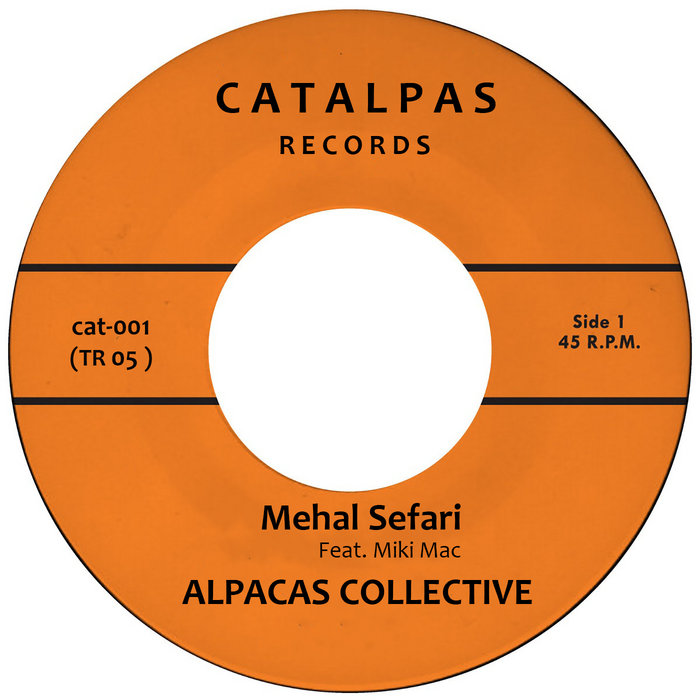
Mehal Sefari (single) – Alpacas Collective feat Miki Mac
this blog is GROOVY – check out great Soul, Funk, Jazz, Hip Hop, Bass, Breaks , Reggae, House n many more TUNES
The human voice, a primal instrument, has been the foundation of music since the dawn of time. From ancient chanting rituals to the complex harmonies of modern opera, vocals have always been at the heart of musical expression.
Before the advent of written music, vocal traditions thrived through oral transmission. Ancient civilizations, like the Greeks and Romans, developed sophisticated vocal techniques, including choral singing and solo performances. The power of the voice was not only used for entertainment but also for religious ceremonies, storytelling, and political discourse.
The Middle Ages saw the emergence of polyphony, with multiple voices singing in intricate counterpoint. This period witnessed the birth of Gregorian chant and the development of the first formal musical notation. The Renaissance brought further innovation, with the rise of madrigals and the flourishing of solo vocal music.
The Baroque era witnessed the dominance of opera and the development of virtuoso vocal techniques. Singers like Farinelli, with his legendary four-octave range, captivated audiences with their technical prowess. The Classical period saw a shift towards a more balanced and elegant vocal style, exemplified by Mozart’s operas and Lieder (art songs).
The Romantic era brought a heightened emotional intensity to vocal music, exemplified by the powerful melodies of Wagner’s operas and the dramatic expression of Verdi’s works. The 20th century saw the rise of jazz, blues, and rock and roll, where the human voice became a powerful instrument of individual expression and social commentary.
From the simple sounds of the ancient world to the complex harmonies of today, the human voice has always been a source of wonder and inspiration. The journey of vocals is a testament to the power of music to connect us, inspire us, and leave a lasting impression on our souls.

Mehal Sefari (single) – Alpacas Collective feat Miki Mac